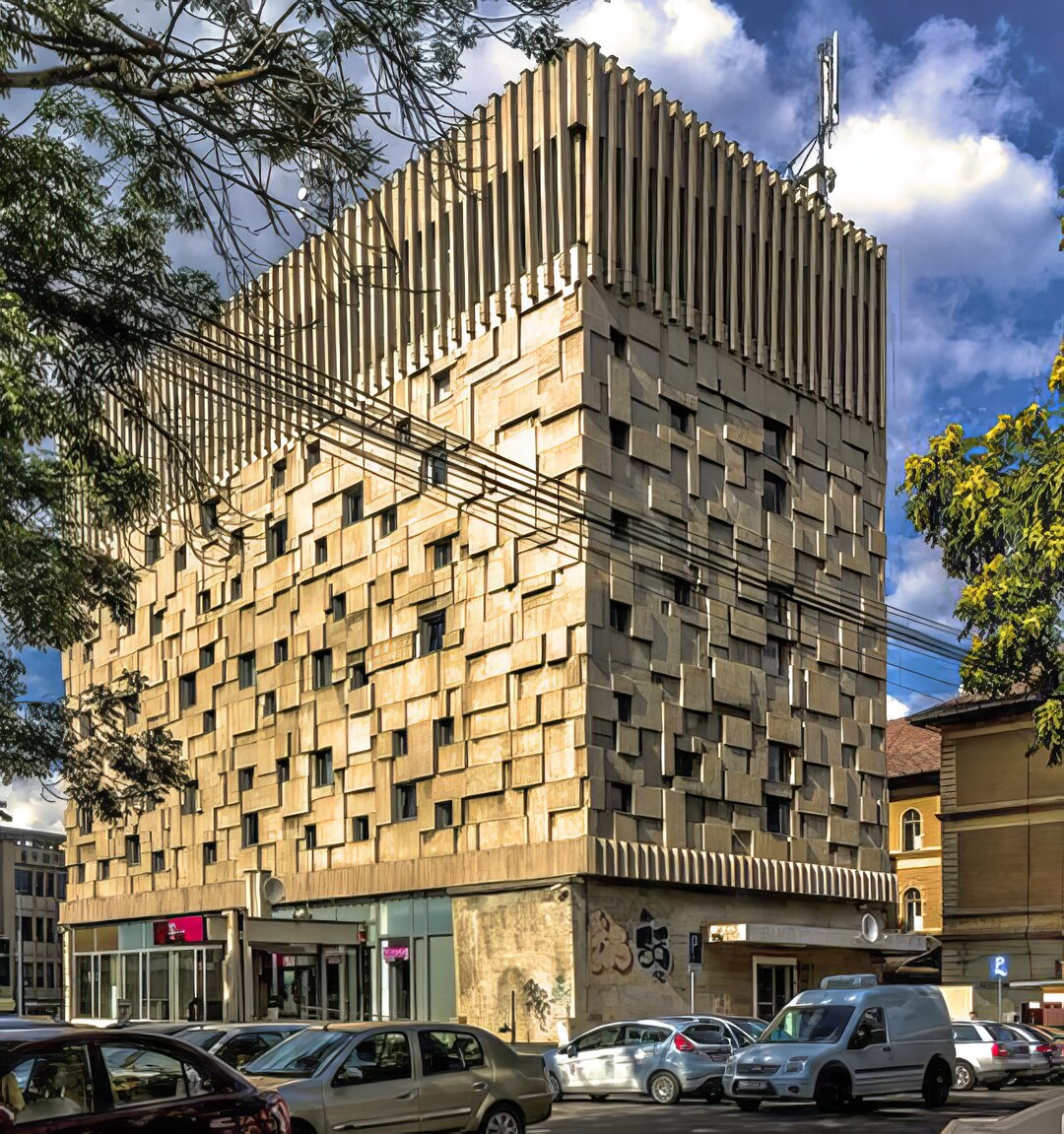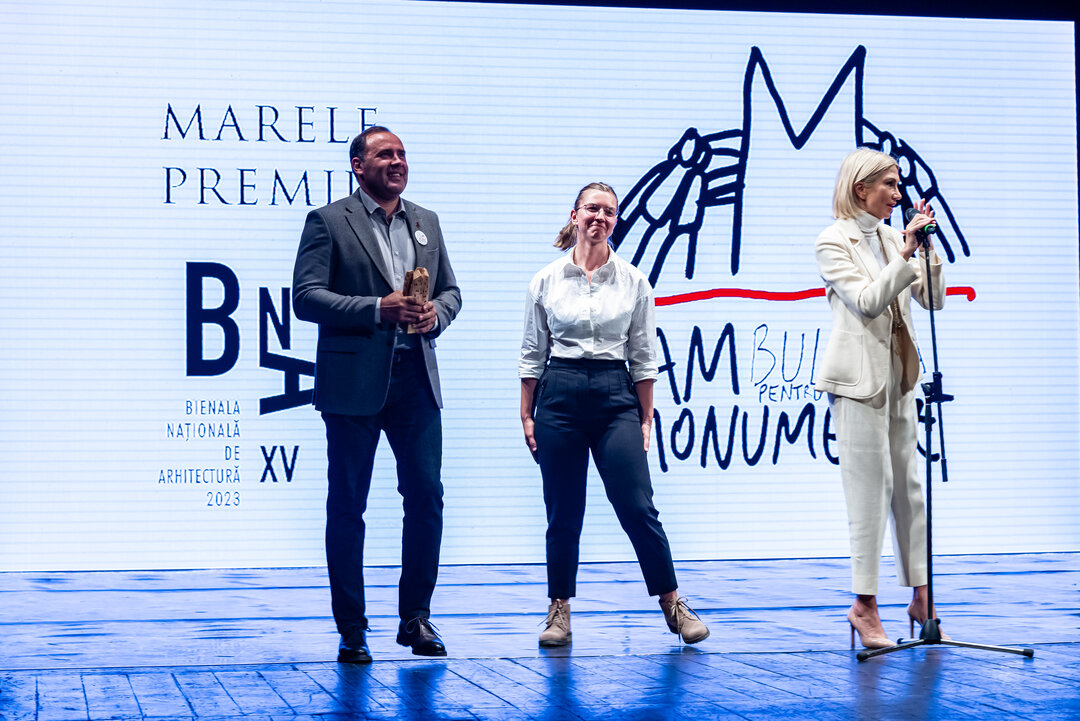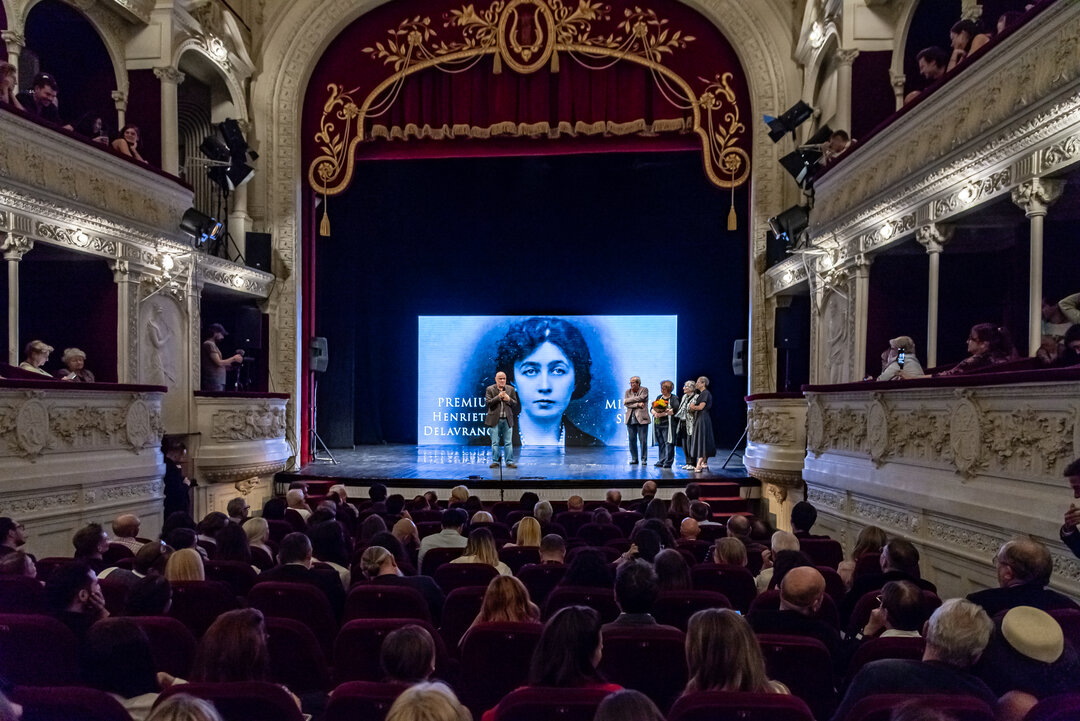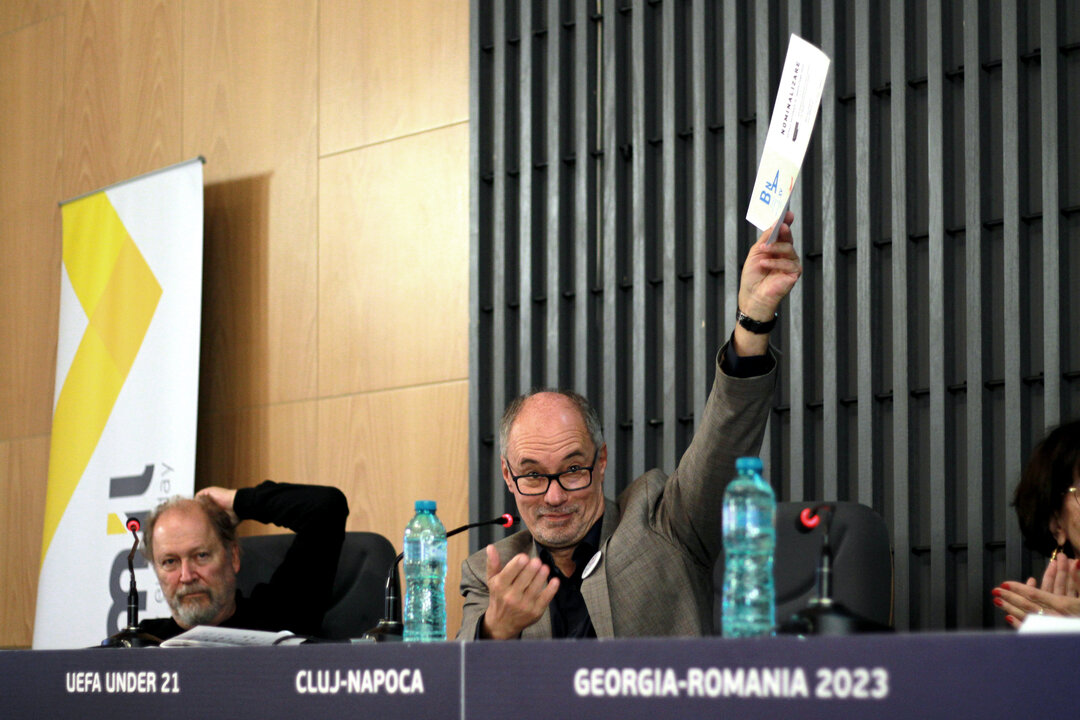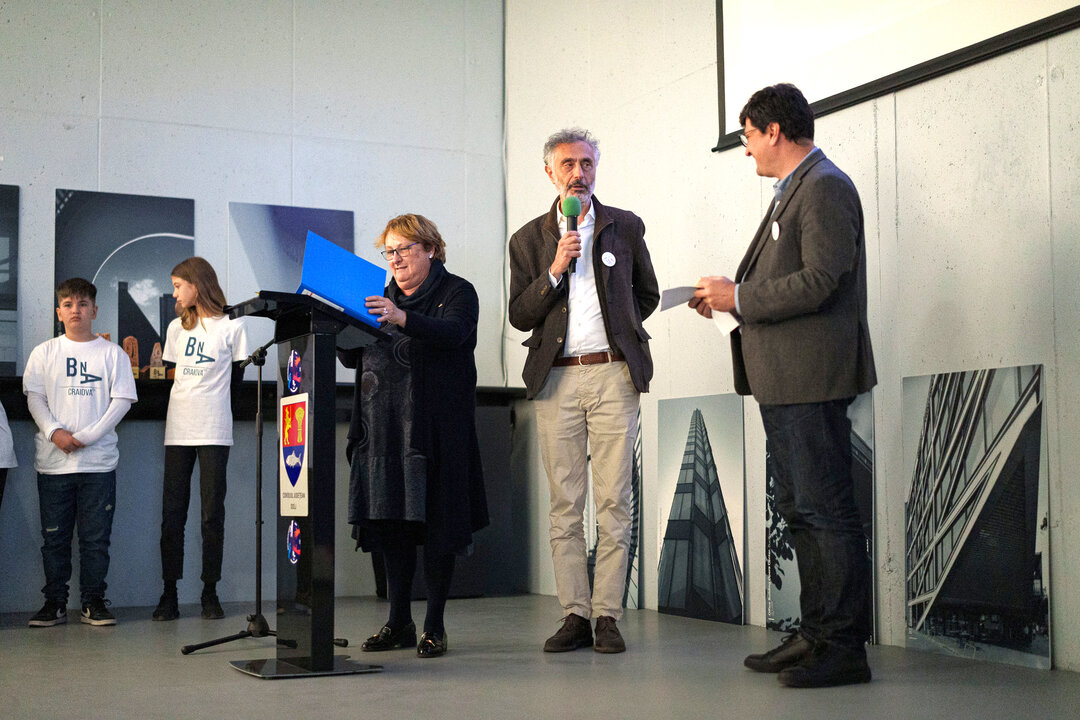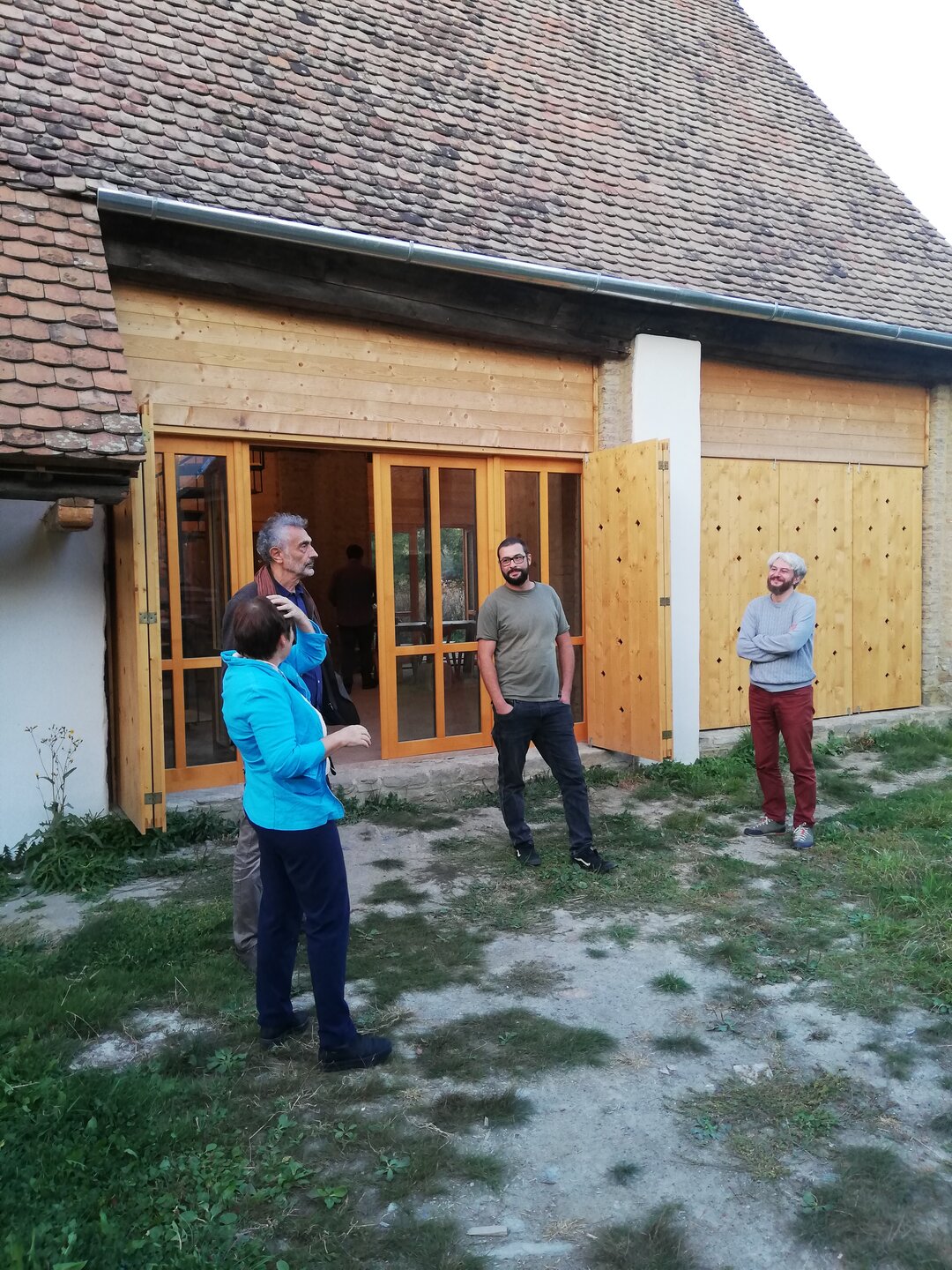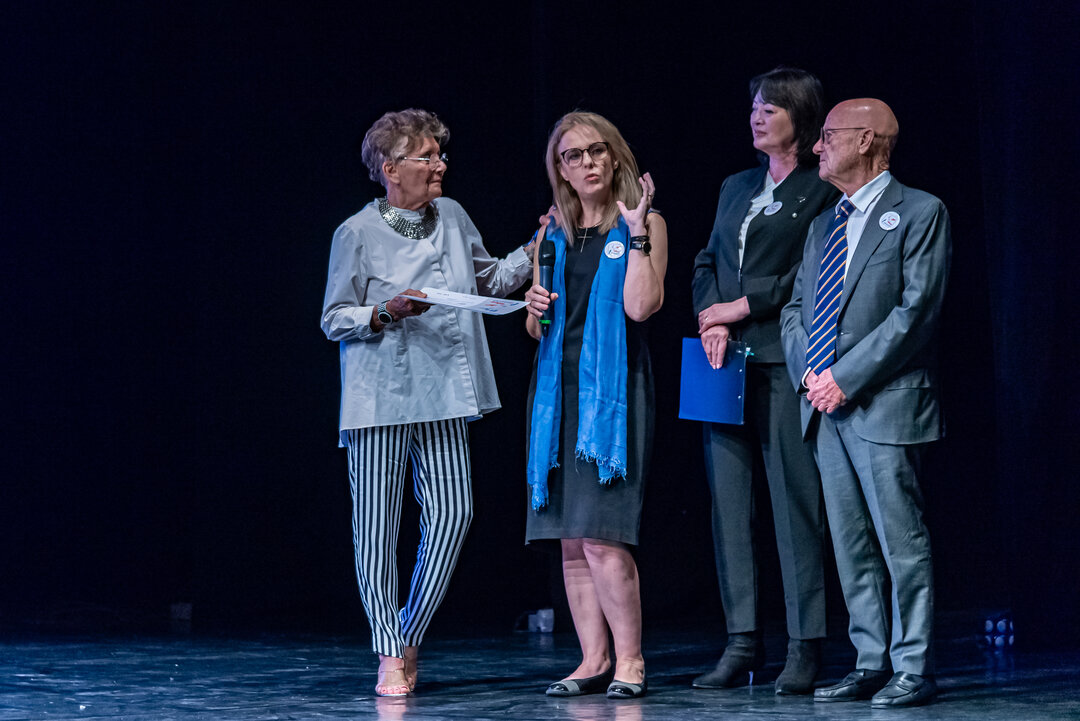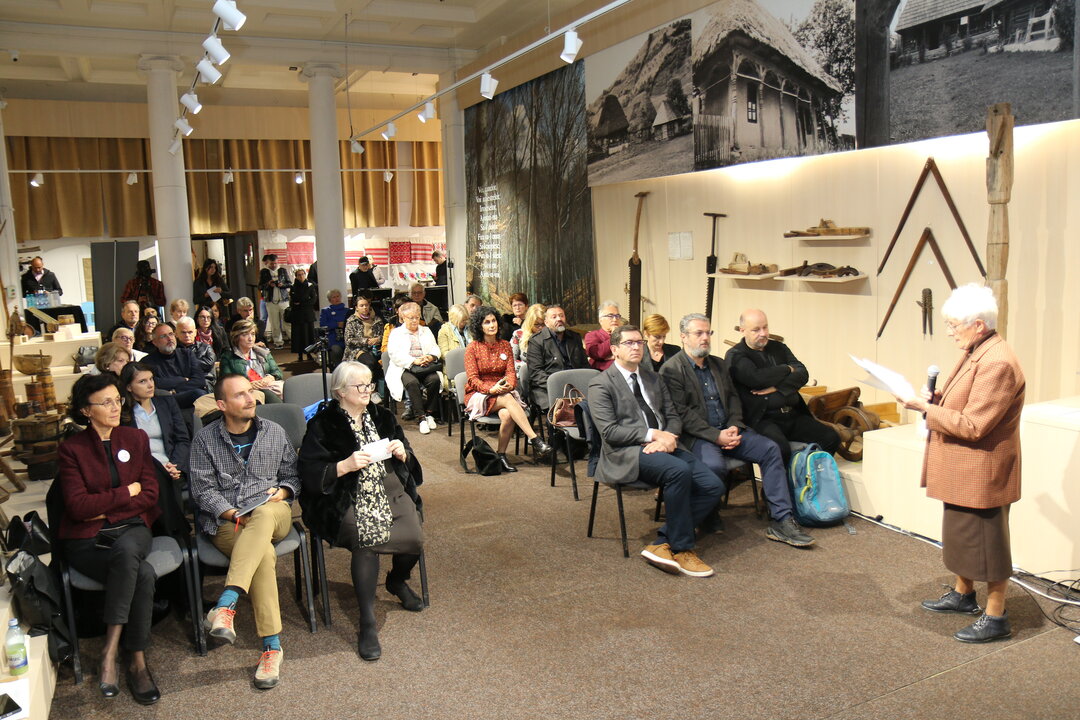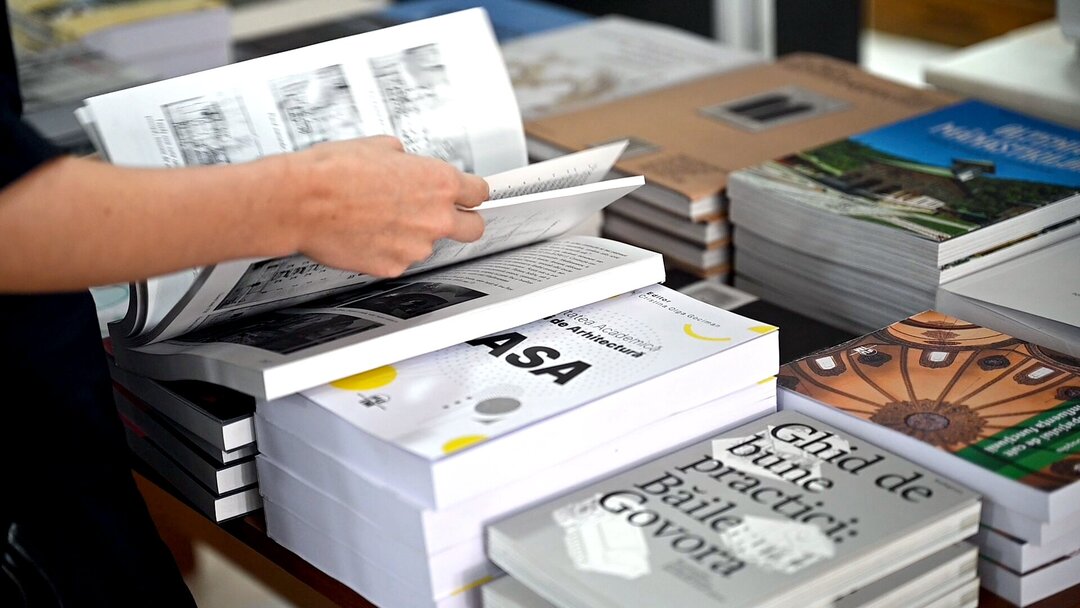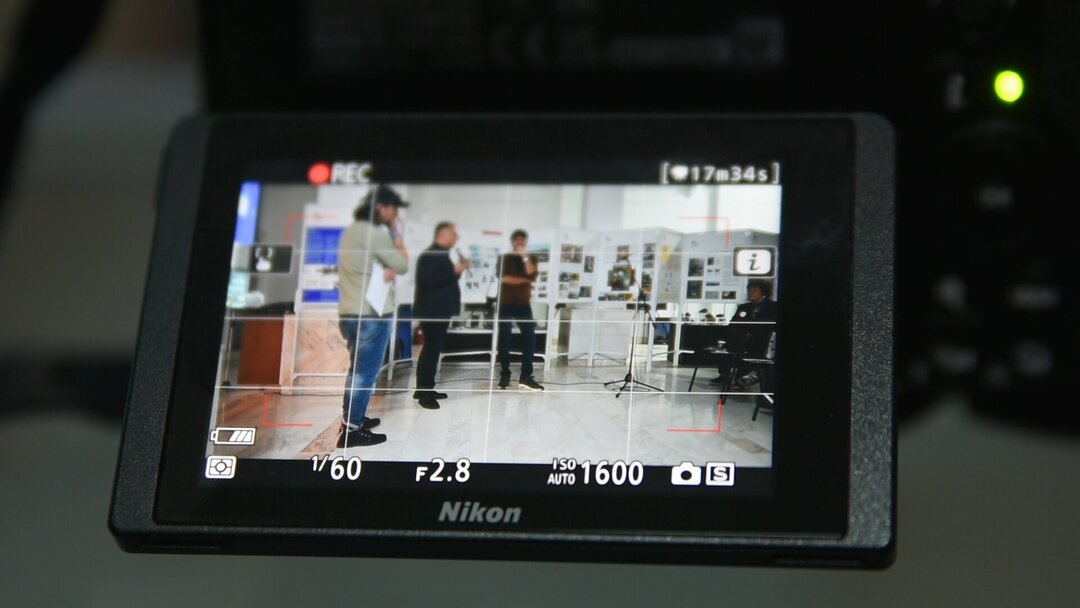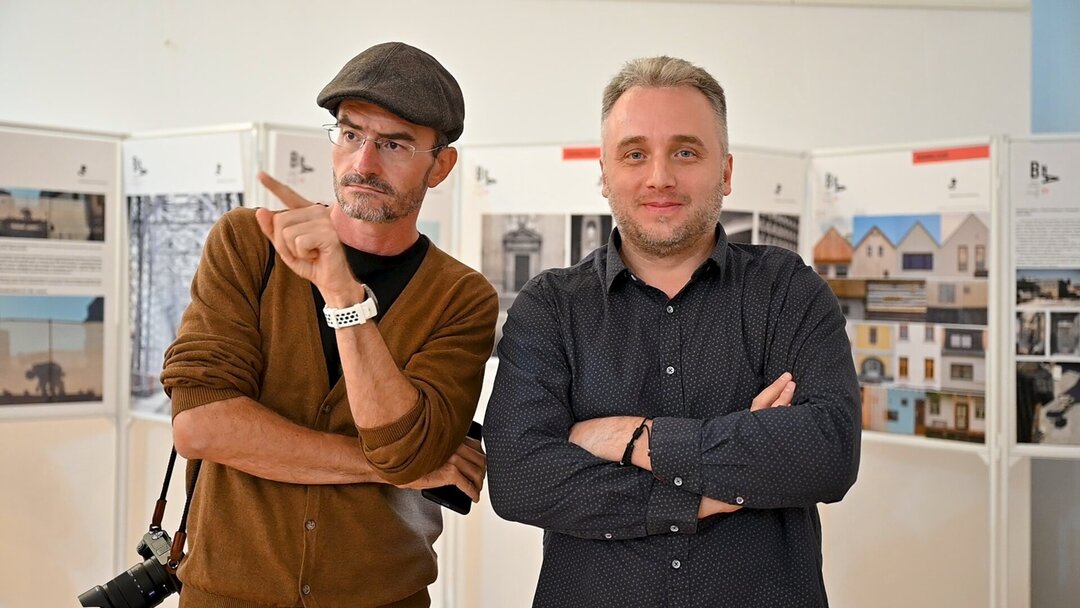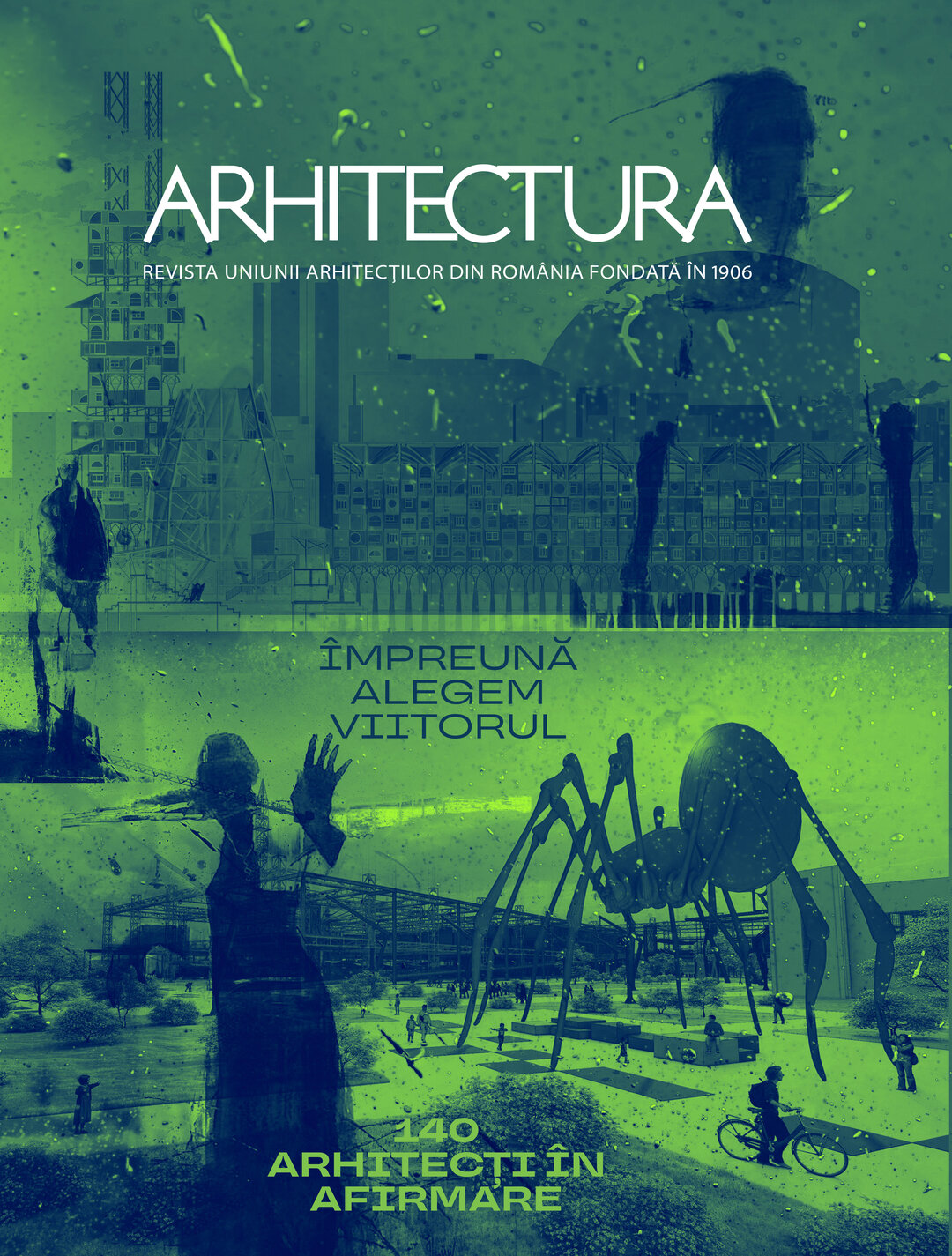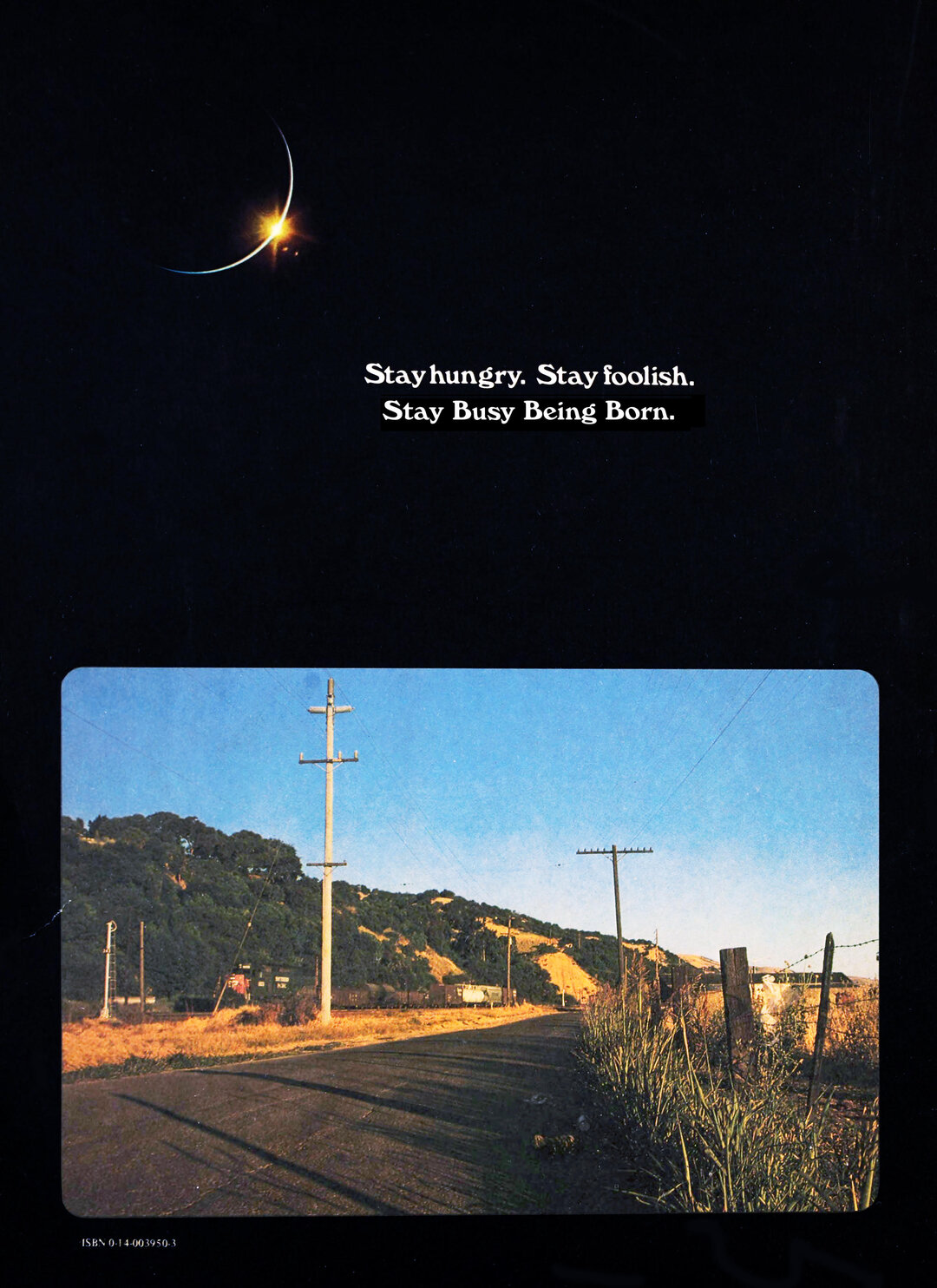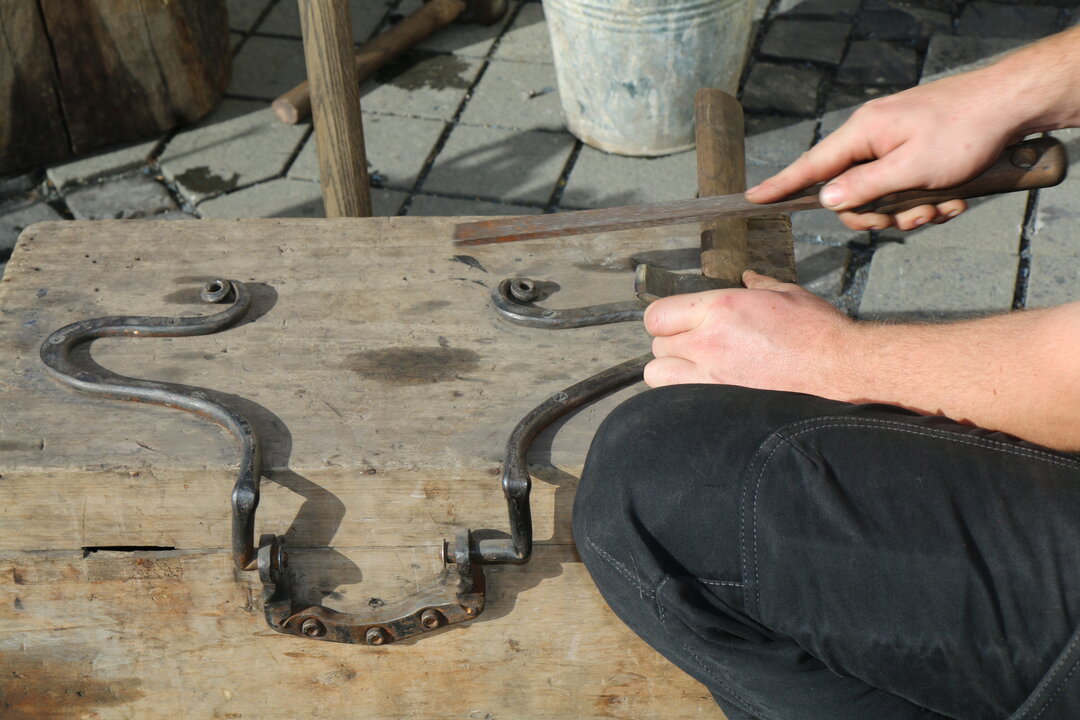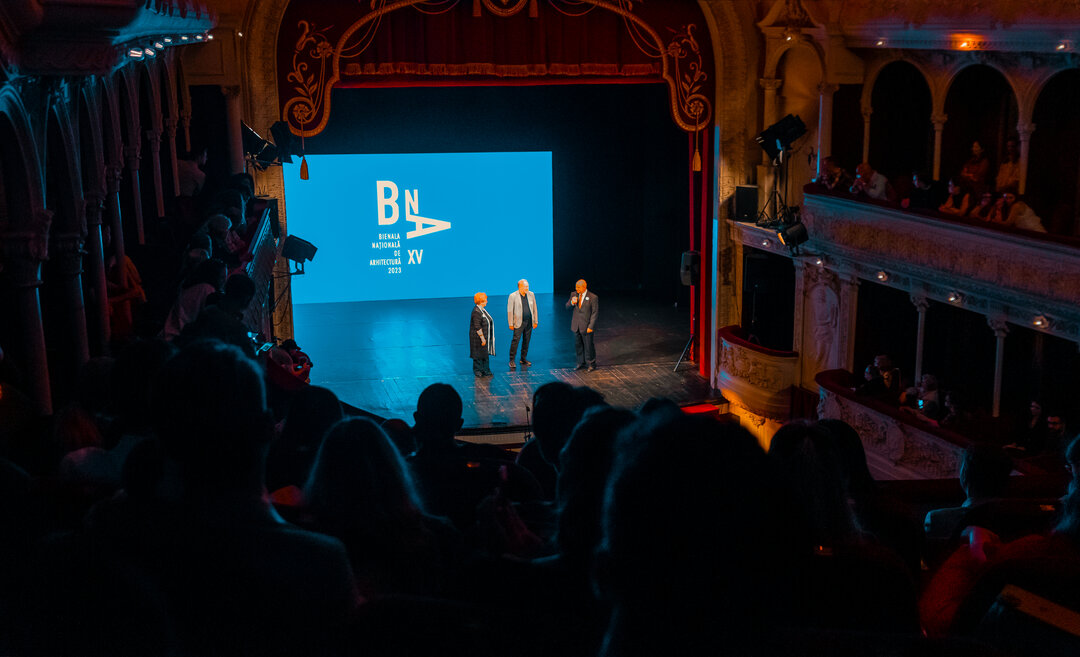
Architecture summer schools, creative camps
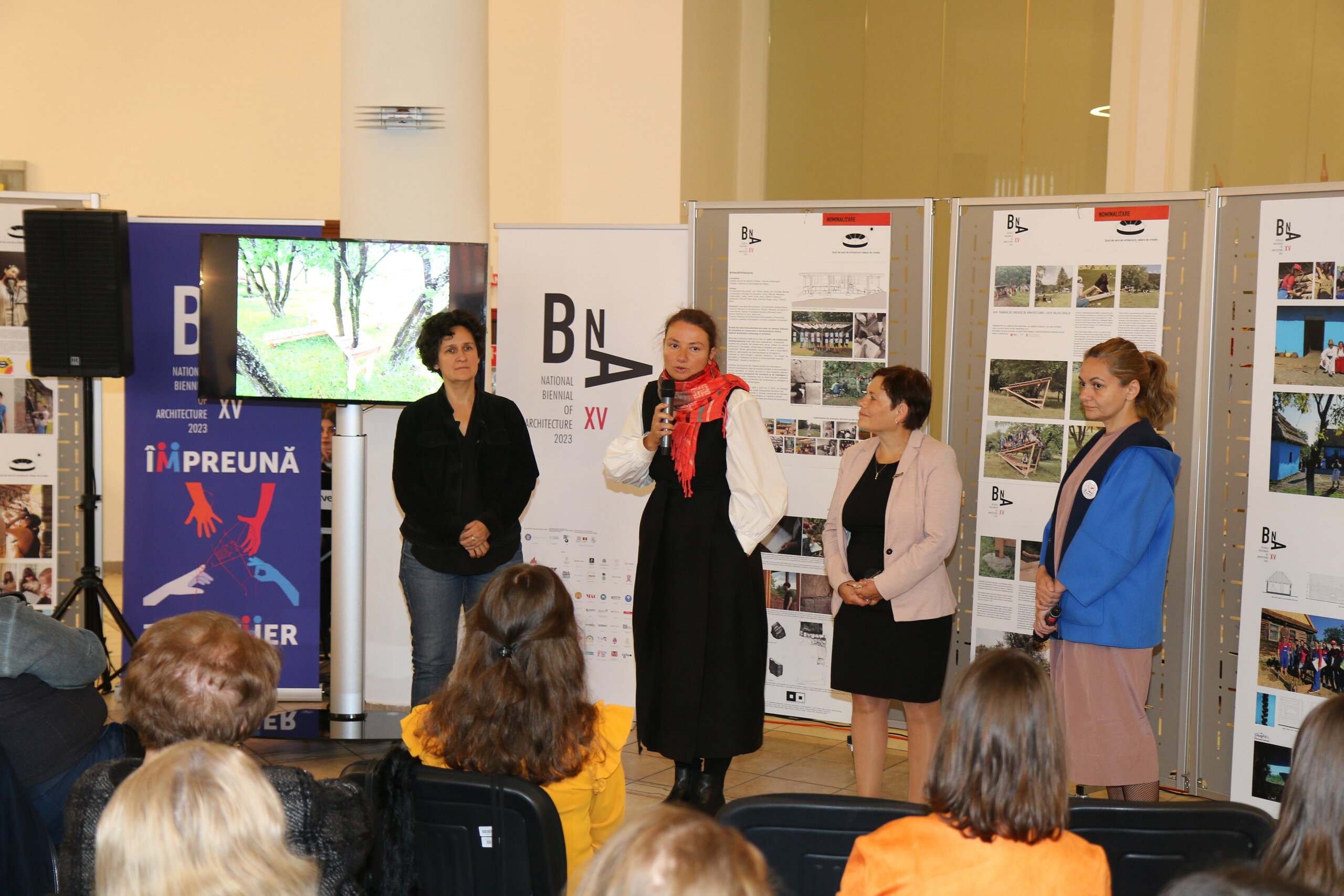
Summer schools also have the equally difficult and important task of supplementing classical education, which is often focused solely on theory, at the precise margins of right and wrong. But for theory, experimentation, testing, documentation, research - in a word, personal experience of reality and the projected imaginary - is absolutely necessary. We see summer school and classical education as two essential parts of the same binomial, the aim of which is the autonomous formation of critical thinking, together with practical vocational training for the future professional. What the country's summer schools manage to achieve in addition, however, as a consequence of individualized needs beyond the academic setting, is to positively contaminate local communities - thus broadening their educational spectrum to those who live in and use the host context. For their students, summer schools weave attachments to places, people, traditions, crafts, methods, materials, helping them to discover themselves in the process. For local people, the summer schools weave the hope that visible and spoken histories are shared, that out of forgetfulness, isolation, habit or carelessness, familiar everyday places can once again acquire value, life, use, meaning and ownership.
This is only the second edition in which the National Biennale of Architecture celebrates and recognizes the merits of architectural summer schools, most of which already have a long and rich tradition and diverse thematic range. Being still in its infancy, the conditions of entry allowed projects to participate at various stages of realization, without differentiation by year, deliverables, interdisciplinarity, duration, number of participants and applied subject. Therefore, the calibration of the jury of the 21 projects was based on the following criteria:
Architectural consistency of the project;
site, workshops, direct practical experience (in addition to surveys and theoretical documentation);
mentoring (people to people);
manifesto value, example of good practice;
community benefit outcome;
practical architectural education for the widest possible range of categories and empowerment of the built culture;
promotion of the creative potential of vernacular (i.e. local in the etymological sense), rural or urban architecture;
Involving and empowering the younger generation, pupils, students, community members and craftspeople, in addition to specialists, architects and architecture students.
In order to navigate the variety of projects entered, the curator and jury members were appointed from among passionate professionals with pedagogical experience in formal and non-formal learning, community facilitation, practical and theoretical research of urban and rural realities. Alexandra Mihailciuc - Striking iron at the manor! and Triangle. Architecture. Sculpture and Landscape, Ana Maria Goilav - Bunești School and the newly established Arheia, Caroline Fernolend - the one who revitalized the village and community of Viscri, president of the Mihai Eminescu Trust, and the undersigned, Maria Duda - Urban Scenarios and part of the Baza Association. Open theCity are themselves, though not all architects, summer school organizers. The effort put in by the participants, the methods and the administrative, economic or bureaucratic methods and difficulties are known to them, as well as the infectious and necessary enthusiasm that not only the results, but especially the intensity of the summer schools' realization produce, and, with a bit of luck, radiate.
As can easily be seen from the 21 enrolments, we can extrapolate that the educational offer of the architectural summer schools is particularly broad, thematically and territorially, and, in particular, undiluted in content. The reality on the ground finds its permeability in the interest and professional resources of architects, self-organized craftsmen in associations. The high degree of independence, which does not exclude collaborations with educational institutions, is noticeable at the level of methodologies developed in their own way, put into practice with practice exposed to refinement.
Of all the entries, based on the descriptions provided by the entrants, as well as their own investigations, the curator and the jury singled out four projects, and mentioned two others, noting their immersive degree of documentation, the quality of the architectural intervention, and the collaborative practices: the Valea Uzului Architecture Creation Camp, the House with Grace, the ArheoArchitectura Summer School, Traveling Houses, the IMUAU Summer School Shönberg and EASA 1:1 2022.
Already a tradition, now in its 17th edition, the Harghita County Area Architectural Creation Camp (arch. Máthé Klára-Krisztina, arch. Anamaria Felvinczi, arch. Korodi Szabolcs) has become a local ritual of understanding the relationship between man and territory and the mutual taming that the architecture of small interventions achieves. Organized by the architecture department of the "Nagy István István" High School of Arts in Miercurea Ciuc in collaboration with the architecture department of the National College of Art in Targu Mures, the creative camp is mainly addressed to teenagers, local high school students, at the beginning of their personal formation and in search of their identity anchors. High school is the last formative step they can take in the area, with the nearest colleges being in the big cities in adjacent counties - a step that means leaving home. The summer school not only helps to discover the cultural landscape, to constructively address specific issues, but also to support the independence and individual autonomy of its very young students. Each year, the creative camp chooses a different area of intervention, responding to different needs and target audiences; this year's camp is in the Uzului Valley, an area with a rich history, with settlements abandoned for 40 years, and whose traces are now visible only thanks to the surviving orchards. The renatured valley is used by tourists and seasonally by shepherds, on whose work the biodiversity of our pastures largely depends. Only hand tools were used exclusively, which facilitated the understanding of the material and construction techniques; the jury appreciated the formative power of the work built with one's own hands in a world that is being digitally reformulated. The 6 architectural pieces built fit naturally into the landscape, taking up and reinterpreting the vernacular typologies of sheep shelters, sheepfolds, herd watch and protection points, milk processing areas, and also integrating areas for bathing or non-invasive observation of nature. The consistency and coherence of the applied methodology, the perpetuation of the professional and philosophical education related to tradition - innovation - ecology - local culture are remarkable, and the committee can only hope for the durability and maintenance of the realized objects.
"House with Grace", organized by theAssociationfor Active Heritage - PACT (project coordinators: arch. Diana BELCI, arh. AdrianBANCOȘ, project assistants: arch. Ionuț DOHOTARIU, consultants: arh. Teodor Octavian GHEORGHIU - as MCC expert, and arh. GabrielaPAȘCU), is the title and subject of the 8th edition of the restoration summer school, which deals with the safeguarding, restoration and refunctionalization of the house where Father Teofil Părăian lived, in the village of Tăpârcea in the Ocnei Sibiului area. The aim of the project is to turn the house into a permanent centre for studies in architecture and traditional craftsmanship, and the succession of editions has succeeded in cementing the relationship between student architects and craftsmen specializing in traditional techniques, while at the same time providing the inhabitants with a visible example of good practice. Although the pace may seem heavy, each year being dedicated to one stage, throughout the 8 years, the memorial house has been treated as a living place, a site-school with the gift of polarizing a wider community than the strictly professional one, succeeding in sensitizing not only the young mentors, students, craftsmen who shared their expertise, but also the local authorities and the community towards a better understanding of the value of their own local cultural heritage. Father Părăian's cultural mission thus transcends into the home, which acquires its own grace for the local and professional community.
ArheoArhitectura SummerSchool(project coordinators: arch. Diana Oprea, arh. Nicoleta Marian; research coordinator - archaeol. Răzvan Mateescu) builds a necessary bridge between architecture and archaeology, concretely helping students to realize the importance of how to intervene, even minimally, on ancient sites and monuments. The protection, conservation, enhancement through museographic trails, signposting, maintenance of ancient sites require close collaboration between multiple disciplines, where each participant is invited to contribute and learn from the others. This incipient project is to be encouraged for its interdisciplinary dimension and the fact that it brings classical culture back into the architect's horizon, familiarizing participants with the notions and terminology of the 'other field', with the approach and understanding of sites and monuments specific to architecture and archaeology, and increasing the level of information of future professionals about the current situation of ancient monuments. In addition, the area of the Dacian fortresses in the Orăștiei Mountains, a UNESCO World Heritage Site, needs much more attention from national, regional and local authorities, surrounding communities and specialists, and the site's values can be better promoted to visitors.
The Travelling Houses volunteer camp, organized by the Sinaptica Association (dr. Pîrvu Ionică, arh. Monica-Andreea Crăciun) tackles the heavy theme of village abandonment and, concentrated, the abandonment of old houses. Together with the local community, the old houses are being repaired, recovered, relocated and given new roles, necessary for the community. The approach is clear, of immediate usefulness in terms of community life in a now depopulated area of the county of Sălaj. The houses are on their third journey, the organizers borrowing from the tradition of travelling churches not only the method of survival of a building with collective significance, but also the aura of meeting needs: the houses reinvent themselves as a function in the villages where they are transplanted, becoming community resources with various valences. In an educational context, by rebuilding, the participants not only learn old techniques, from the foundations to the roofing, or regional construction site techniques (thatched roofs and thatched roofing), but also learn how to make the most of such constructions. While the jury notes the value of preserving built heritage 'in situ', it appreciates the technical guidance in this project on the relocation, repair and/or alteration of old timber and earth houses and the promotion of the area.
Beyond the shortlist, the jury noted IMUAU Summer School. Schönberg 2023 - a project at the intersection of craftsmanship and university education, and EASA 1:1 2022 - a project that through punctual and ephemeral interventions reprograms typical spaces of a provincial town, temporarily taking them out of the ordinary. I appreciated the intention to rethink the potential of the typical in this way, with the hope that the inhabitants and the administration of Călărași themselves looked at their places with new curiosity and affection.
Thewinnerofthe edition was designated "Architectural Creative Camp - 2023 Valea Uzului" and we were happy to welcome the participating students at the awards ceremony.
Theappearanceofthe "SummerSchools"sectionat theNationalBiennaleof Architecture is an important validation of arealityon the ground, as these workshops play a decisive role in the training of futurespecialists.Recognizingtheseinitiatives by the profession and providing a visible context for society can, over time, generate an influx of creativity andinnovation and giverisetonewinitiatives.
Thesummerschools, if seen as anetwork rather than a singular event, are a practical tool for Romania's cultural andsocio-economicdevelopment. These nodes have formed spontaneously and occupy diverse places in the country'sinfrastructure. So far, the current generation has created a network that has been testedand proven to be highly effective, deserving due support.
Alexandra Mihailciuc, section curator
Curator's thoughts
Summer schools occupy a large segment between the two boundaries: "incubators of normality" and "laboratories of excellence". Wherever they are located, summer schools are about knowledge, transmission and behind the scenes. About overcoming inertia in society.
Here you learn first-hand about the properties and specificities of materials, the integration of local materials or crafts. Here you test new materials, here you experiment, make mistakes, try again, test and re-test cycles of thought that shape you. Here you learn to stop referring to heritage as an abstract word from another time. Here you learn to look at rurality differently.
The network of summer schools complements a traditional rurality and pushes it towards something else, asks questions about sustainability and making a living today in a rural context. This generates an advanced rurality. It communicates between village and town at the level of production and distribution. It creates small production hubs. Local products are sometimes taken over by communities in collaboration with architects and designers.
This network encourages examples and models that will contribute to self-esteem. It works with communities at the nodes of the network to prepare them to embrace not only the past but also cutting-edge technologies and to wisely and profitably showcase local heritage.
Creative traditions can generate a wide range of products that appeal to different audiences.
Ultimately, the network is a team initiative, where every success within the network becomes a shared success. This network is about action, knowledge transfer and being together.
When, over time, a dense network is created, with strong nodes, adapted to new needs, where there are strong cultural programs coupled with economic pragmatism and communities close to and using these projects, we can talk about performance and true ecosystems.
Until then, it remains for us to build with sustained effort, year after year, these alternative learning programs for thousands of students and to encourage new summer school people to create their own places and carry a relevant story forward in their own way.


